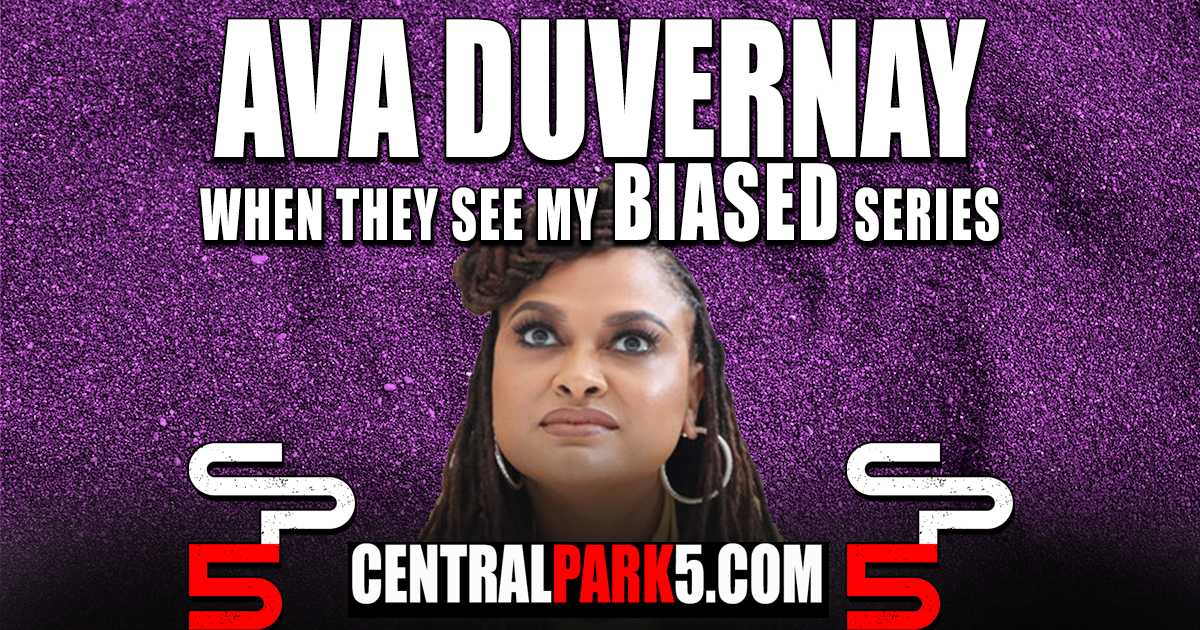Netflix’s ‘When They See Us’ is “Biased” and “Slanted!”
Netflix’s ‘When They See Us’ has been a topic of heated discussion since its release in June 2019. Ava DuVernay, the creator of the series, openly admits that the show is “biased” and “slanted.” Despite this admission, the series has faced little backlash. This raises questions about the portrayal of the Central Park 5 case and whether the series does justice to the true complexity of the events.
Journalists and show hosts seem to have overlooked probing questions that could challenge the narrative presented in ‘When They See Us.’ The series has been treated by some audiences and journalists as an absolute representation of truth, but as DuVernay herself stated, it’s a biased depiction.
The Question of Truth in Storytelling
Films based on real events often undergo scrutiny regarding their adherence to facts. However, ‘When They See Us’ seems to have escaped this usual critical eye. It is important to note that the series is neither a documentary nor a docuseries. It’s a dramatized version of events, heavily influenced by DuVernay’s perspective. This perspective, as pointed out, leans towards a specific age and race narrative.
The original stories of the Central Park 5 themselves have evolved over time, and DuVernay’s rendition takes further liberties, leading to a narrative that diverges significantly from the events of April 19, 1989. Most viewers are not familiar with the intricate details of the real-life case, which allows the series’ narrative to be accepted without question.
Unveiling the Unspoken Reality
The true events of that fateful night in Central Park are more complex and potentially cast the Central Park 5 in a different light. It’s a challenging reality that the show chooses not to address fully. The narrative avoids delving into the various crimes committed in the park that night, including assaults and robberies, some of which involved the group of teenagers that included the Central Park 5.
This omission is significant as it contributes to the one-sided story presented in the series. Ava DuVernay’s approach in ‘When They See Us’ seems to align with a broader narrative, one that aims to highlight systemic racism in the criminal justice system. The Central Park 5 case, in this narrative, becomes a symbol of racial injustice, focusing solely on the racial dynamics and the wrongful conviction of the five teenagers.
The Role of Bias in Storytelling
Ava DuVernay’s acknowledgment that ‘When They See Us’ is “biased” and “slanted” is crucial. It suggests that the series was created with a specific agenda in mind. This agenda seems to be centered around validating the idea of a racially biased criminal justice system. The case is used as a vehicle to highlight issues of race and injustice, potentially at the cost of a more balanced and nuanced portrayal of the actual events.
The problem with this approach is that it oversimplifies a complex case, reducing it to a single narrative thread. While the wrongful conviction of the Central Park 5 is a significant injustice, the series’ biased portrayal may prevent viewers from understanding the full scope of the events and the various factors at play.
Conclusion
In conclusion, while ‘When They See Us’ has been praised for bringing attention to the Central Park 5 case, it is important to approach it with a critical eye. Ava DuVernay’s own admission of the series being “biased” and “slanted” highlights the need for viewers to seek a more comprehensive understanding of the case. As with any dramatized version of real events, the series should be seen as one interpretation, not the definitive account of what happened on that April night in 1989.



